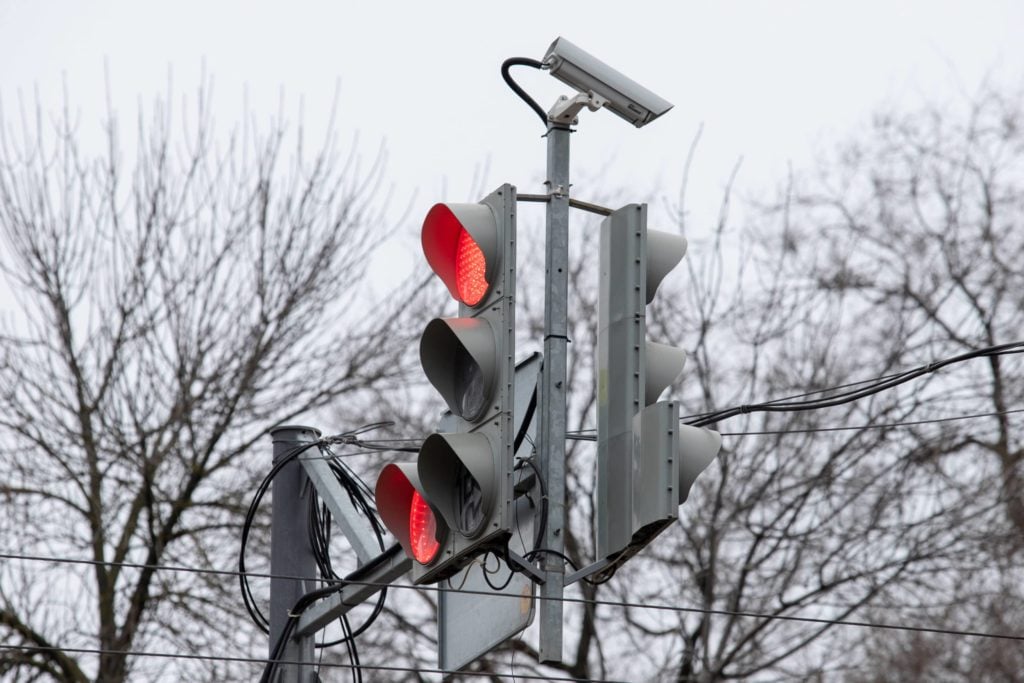
Are New York’s Red Light Camera Programs Preventing Speeding and Car Accidents?
Do red light cameras actually prevent car accidents? Are the cities and states with red lights cameras doing the necessary work to oversee these programs to ensure that they are running properly? According to a recent article in USA Today, a new report from the AAA Foundation for Traffic Safety suggests that states are not doing the work they need to be doing when it comes to red light camera oversight. As a result, there is no clear evidence to show that red light cameras are preventing aggressive driving and, accordingly, preventing motor vehicle crashes caused by aggressive driving. In particular, the AAA report focused on New York and the lack of oversight for red light camera programs in various parts of the state.
The AAA report indicated that eight red light camera programs in New York have not been properly overseen since they were installed about five years ago. Indeed, AAA determined that red light camera reports were never turned in, and as a result, there is no evidence to demonstrate that the programs are working as they are designed to work. According to the article, “city officials did not believe they had to be [turned in] and there was no enforcement measure forcing them to.” Robert Sinclair Jr., a spokesperson for AAA Northeast, underscored the need to create and turn in red light camera reports. “In order to make sure that the programs are working as they are designed, the reporting is critical . . . . We support red light cameras. We know they work. But we have to have the data to show that, to make changes as necessary.”
In 2019, New York officials reauthorized the red light camera programs for five more years. Each year, every city with red light cameras is supposed to create and submit a report to the governor and New York State lawmakers. These reports should “include details on crashes and injuries at intersections where the cameras operate.” Without the reports, it is difficult to know how well the red light cameras are working. For example, data could show whether places in New York City need additional traffic safety measures to bolster the effectiveness of the red light cameras.
According to the AAA Northeast government affairs representative, each red light camera program should not be “considered a cure-all for dangerous roads . . . but one tool in the traffic safety tool box which requires thoughtful planning, continuous oversight, and significant resources to be implemented successfully.”
Learning More About Red Light Accidents and Intersection Crashes
Car accidents happen frequently at intersections, and red light cameras are designed to reduce the rate of these crashes, particularly by preventing people from running red lights and speeding through lights at intersections. Indeed, the Federal Highway Administration underscores the red light running crashes “result in several hundred people killed each year in the United States.” The Insurance Institute for Highway Safety (IIHS) provides these additional facts and figures:
- 890 people died in red light running accidents in 2017;
- Red light cameras can discourage red light running and accompanying accidents, and have been shown to reduce crash rates by anywhere from 14 to 21%;
- About 132,000 people suffered nonfatal injuries in red light running accidents in 2017; and
- Around 43% of drivers admit to running a red light at least once in the last 30 days.
If you or someone you love got hurt in an intersection crash, you should speak with a car accident attorney about your options.



